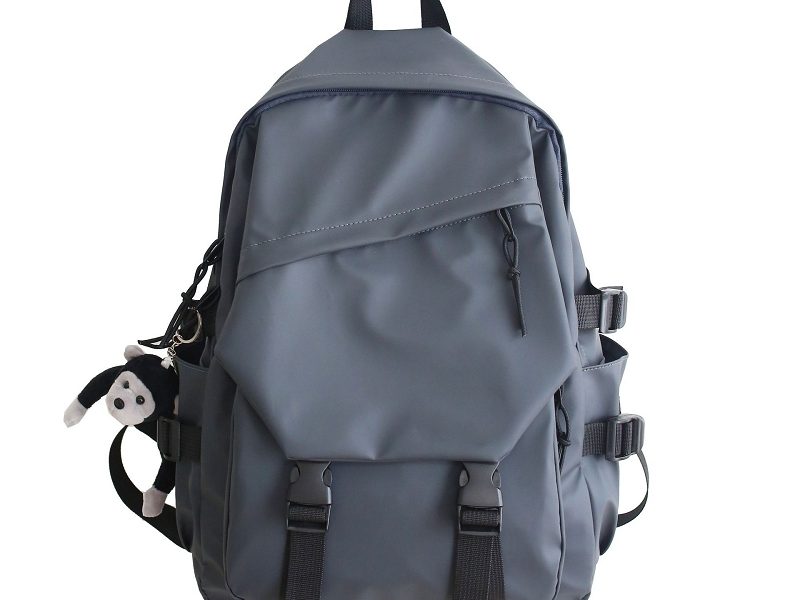Backpack Anatomy: What Does a Backpack Make Up?
Created on 2024.11.07
Backpacks are a ubiquitous accessory in modern life and an indispensable tool for students, travelers, outdoor enthusiasts and professionals. Despite the versatility of backpacks, their intricate design and construction are often overlooked. It is important for consumers to understand each part of a backpack and its purpose. In this article, we will study the structure of a backpack.
Backpack Anatomy


Main accessories of backpack
After understanding the main structure of the backpack through the above picture, let’s take a closer look at the different parts and their functions.
Shoulder strap
Shoulder straps are an important part of a backpack. Usually a backpack is equipped with two shoulder straps to evenly distribute the weight between the shoulders and back. Shoulder straps are often padded for comfort, especially in backpacks used for heavier loads, and they can relieve the pressure the pack puts on your shoulders.

Chest strap
In addition to shoulder straps, many backpacks also feature a sternum strap, which connects the shoulder straps to the chest, providing stability and preventing the straps from slipping off the shoulders during exercise. This is common in many hiking bags because the chest strap can relieve the pressure of the shoulder straps on the shoulders.

Backpack clip
Backpack clips are used to adjust and fix the backpack body. They are fixed on the shoulder straps and can be used to adjust the length of the shoulder straps. For a detailed introduction and function of backpack clips, we have an article about backpack clips, welcome to read.

Backplane
The back panel of a backpack is another important component responsible for providing support and comfort to the wearer. It is usually made of padded material and may have ventilation channels to promote airflow and reduce sweating.

Zipper system
Zippers and zipper pullers are the main components of a backpack. They are installed at the closure of the backpack to ensure that the items in the backpack do not fall out.

Elastic band
If the zipper system is to prevent the items in the backpack from falling out, then the elastic band is to prevent the items in the backpack from running around. They can secure the contents of the backpack, making items more organized and easier to find, which can also make the backpack more comfortable.
In addition, there will also be elastic straps on the outside of the backpack to secure water bottles or jackets. They attach to the outside of the backpack for easier access and free up space in the backpack.

External pockets and compartments
Exterior pockets and compartments provide quick and easy access to frequently used items, and the pockets come in a variety of sizes and configurations so you can stash frequently accessed items inside them. Some backpacks also have specialized compartments for storing specific items such as notebooks, books, and more.

Reflective strips
Some backpacks also have reflective strips added to them, which make them easier to spot when walking at night and enhance users’ safety when walking at night. There are also different types of reflective strips. Common reflective strips use refracted light to achieve an eye-catching effect. There is also a fluorescent reflective strip that can absorb light during the day and glow at night.

USB charging port
Some backpacks are equipped with USB charging ports. This is a great invention. It is very convenient and easy to use. You can charge your phone immediately when your phone runs out of power during the trip.

Fabric
The materials used in a backpack’s construction can significantly affect its durability, weight, and weather resistance. Common materials include nylon, polyester, canvas, etc. Each material has different characteristics. Buyers can understand the differences of each material and choose a backpack that suits their fabric.

WhatsApp
Wechat
Email